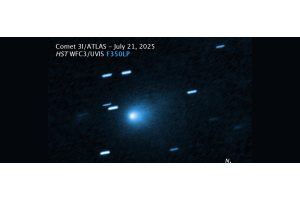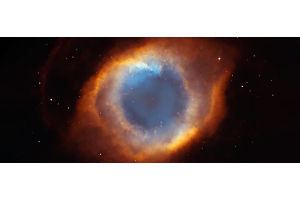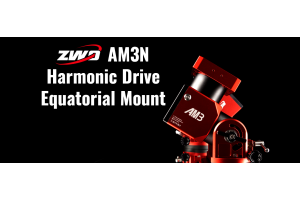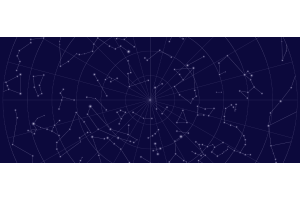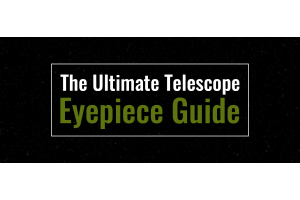equipment setup
A Guide to Astronomy Equipment Setup
Ready to dive into the cosmic journey of stargazing? It's super exciting, but figuring out your astronomy gear might initially seem overwhelming. No worries, fellow sky enthusiasts! We've got your back in putting together and setting up your gear, so your stargazing adventure is a breeze!
Choosing the Right EquipmentBefore diving into the setup details, making a suitable investment in equipment is essential. Consider your specific interests, including lunar observations, deep-sky imaging, or planetary studies, and tailor your equipment accordingly.
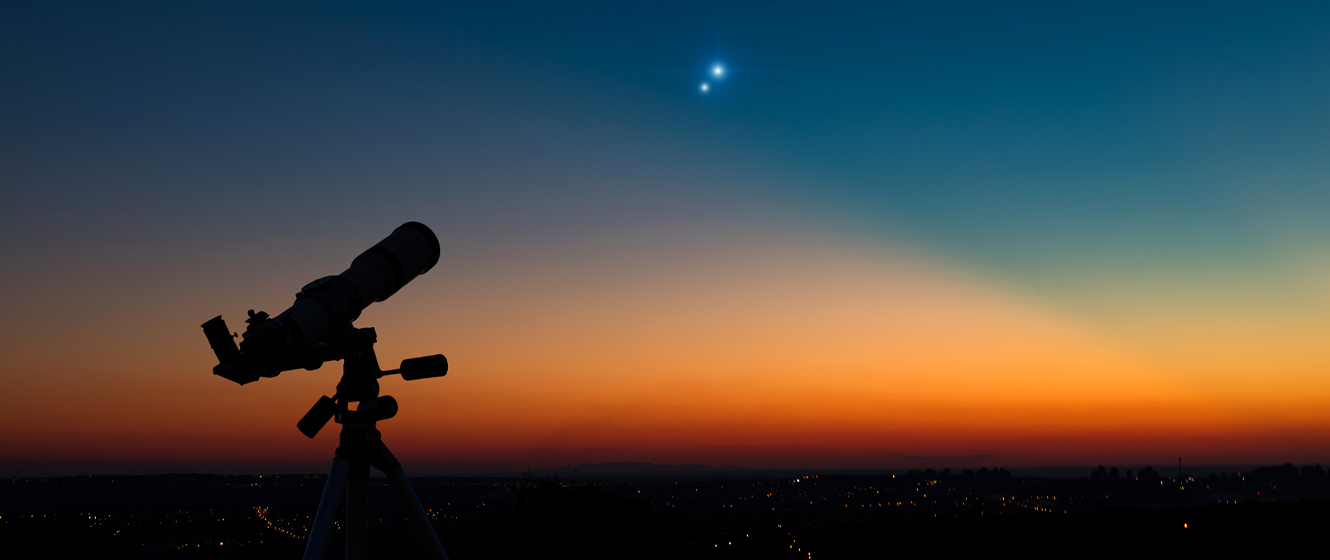
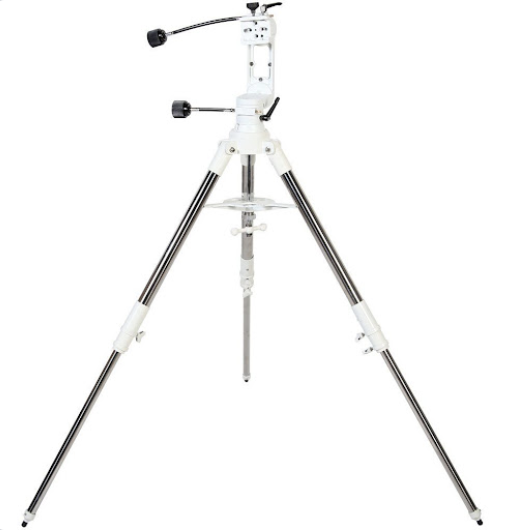 Telescope Assembly
Telescope Assembly
After obtaining the ideal telescope for your stargazing endeavors, the subsequent task involves assembling it. Begin by setting up the tripod or mount it on a stable surface. Ensure that the telescope is securely attached and all components are tightened appropriately. Familiarize yourself with the various parts, such as the focuser, finderscope, and mount controls. Take your time to understand how each component functions to avoid confusion during your celestial pursuits.
The mount is pivotal in tracking celestial objects traversing the night sky. Calibrating your mount correctly is essential for accurate tracking and smooth navigation. Align the mount with the celestial pole through a polar alignment scope or by utilizing alignment stars. Take time during this step, as a well-calibrated mount will significantly enhance your overall stargazing experience.
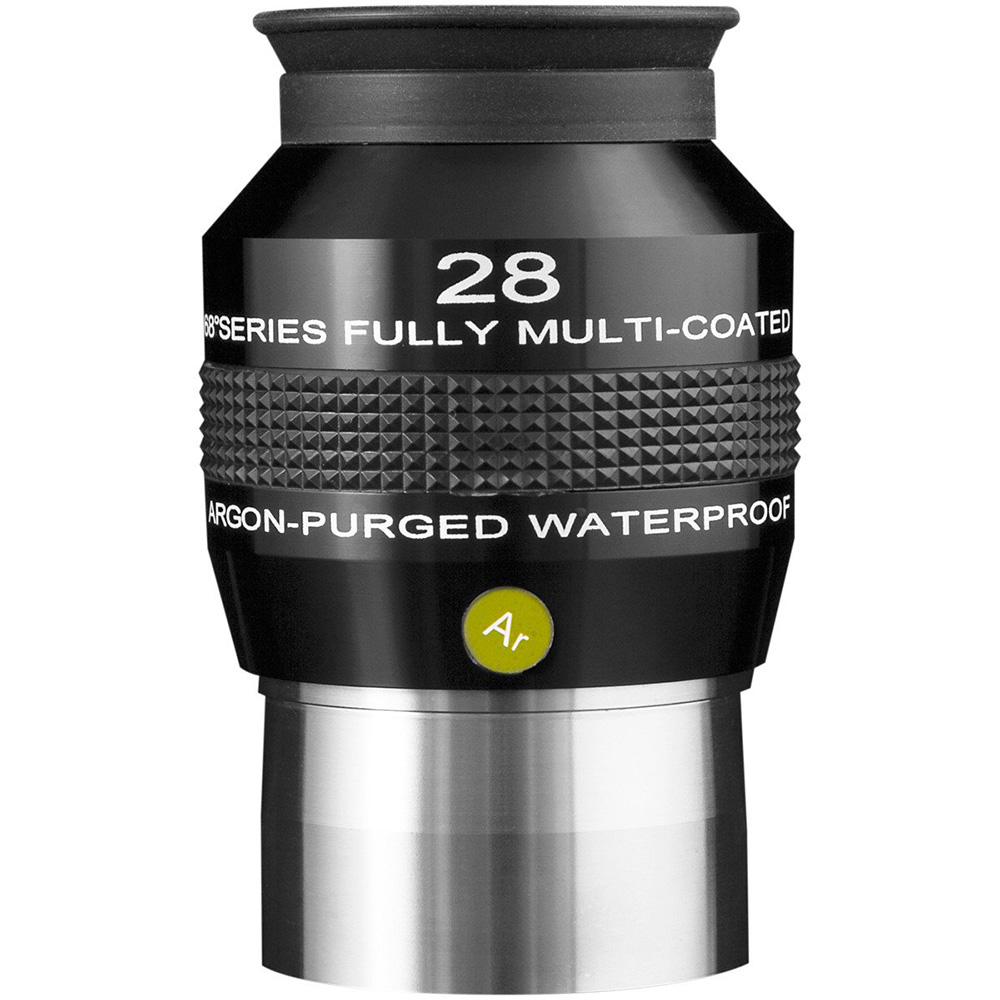 Eyepiece and Barlow Lens Setup
Eyepiece and Barlow Lens Setup
Now that your telescope is ready to roll and the mount is in top shape, let's chat about eyepieces– the telescope's eyes! Pick an eyepiece that fits what you're curious about seeing. It's like choosing the right glasses for your telescope's eyes. Go for higher magnifications to check out planets and lower ones for a more comprehensive view of the cosmic scene. Want to crank up the magnification? Think about throwing in a Barlow lens that acts like a magnification booster! Play with different combos until you find the perfect setup for your cosmic targets.
Aligning your telescope with the night sky before you embark on your celestial journey is crucial. Most telescopes have computerized GoTo systems that require star alignment for accurate navigation. Follow the on-screen prompts to locate and center alignment stars in your eyepiece. A successful star alignment ensures your telescope can accurately find and track celestial objects throughout the night.
Though the initial setup of your astronomy equipment might appear intimidating, with patience and a systematic approach, it evolves into an integral aspect of the stargazing experience. Invest time in understanding the nuances of your gear, experiment with different setups, and embrace the celestial wonders that await you. As you become more familiar with your equipment, the universe unfolds before your eyes, revealing the mesmerizing beauty of the night sky.


